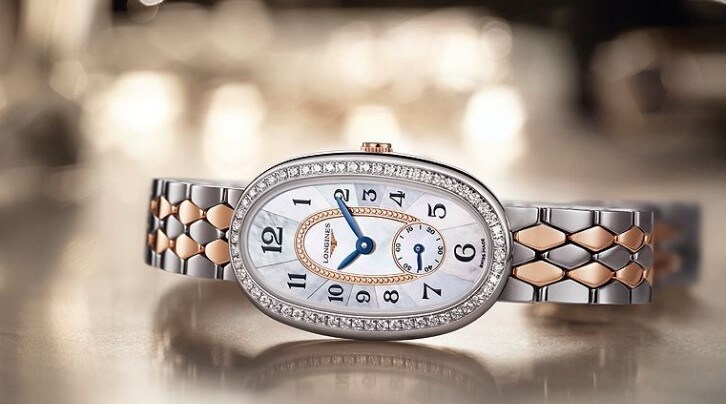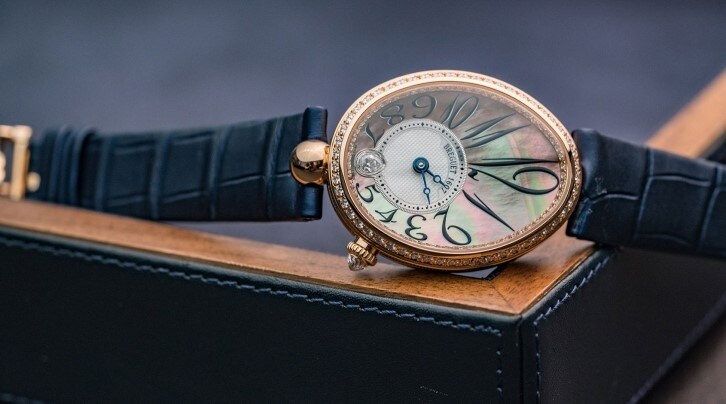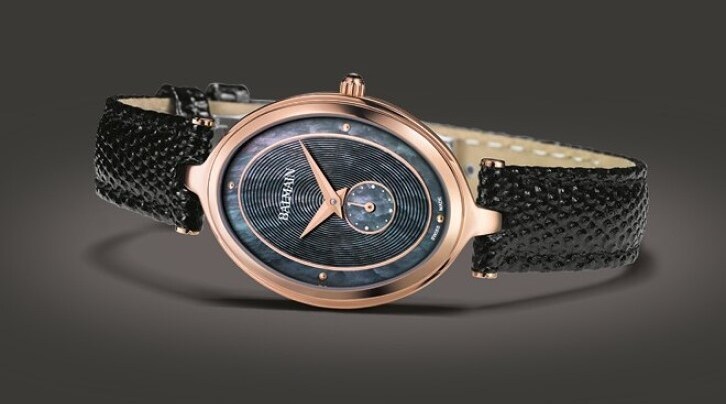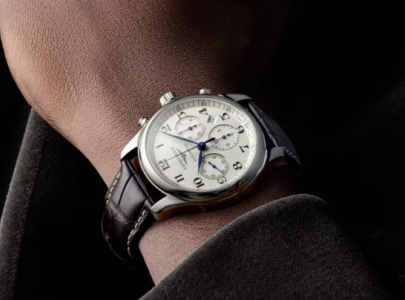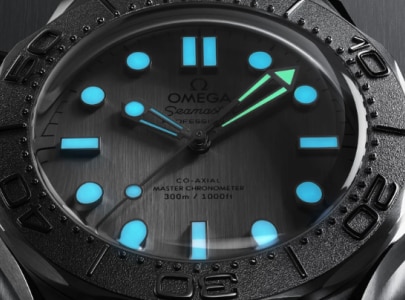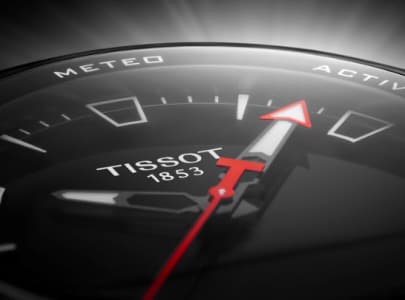There was a time when watches were purely for practical purposes, used by soldiers, sailors and explorers for measuring the earth, time and space. They had a whole host of other scientific functions, too, such as measuring the speed of and distances between various things, and could even display the phases of the moon.
Nowadays, of course, these features are nothing more than fun gadgets, poetic relics of the past for those who are passionate about history, or for lovers of art and quality craftsmanship. This is where the worlds of horology and jewellery come together. Watches became the ultimate fashion accessory during the 20th century, so much so that we continue to wear them, cherish them and be fascinated by them, despite the fact that our computers and smartphones can tell us precisely what time it is. Even stripped of their practical functions, watches have a lot to offer as pieces of jewellery in their own right.
We’ve always admired women’s necklaces and rings, but what a woman wears around her wrist can be just as dazzling. A watch can be a mark of elegance or set the tone for the rest of an outfit. The watch dial doesn’t need to be brimming with gold and diamonds (although that can work, too!).
Whether it’s sporty, quirky, or a simple quartz watch, a timepiece is a jewellery item for both men and women that says a lot about the personality of the person wearing it. We choose our watches in the same way we choose jewellery, depending on the moment or occasion, but also based on the size of the model, the diameter, the shape, the material and style of the strap, the material or the stones set into the casing, the elegance of the face, the finesse of the indexes...
An elegant evening watch with a satin strap, a horological complication intended not as an accessory for an outfit, but to highlight the wearer’s horological expertise – which of course, is chic in itself.
Watches have a long history of being adorned as jewellery pieces, from the royal collections of the courts of Europe and beyond, where watches were made of precious metals such as gold, silver or platinum covered with precious gems.
From the 16th century onwards, ladies’ timepieces became more elaborate and precious than men’s. A watch’s degree of sophistication was an indication of the wearer's social status.
Even in those days, people were not content with just telling the time. They wanted an elegant yet extravagant way of showing of their taste for luxury, their wealth and their knowledge of the most complex mechanics.
And rest assured, nothing has changed since those days. Only now, the range of women’s dress watches on offer is wider than ever. While beautiful watches were once reserved for women – and men opted for more technical models – everything changed around the year 2000.
The most beautiful luxury and jewellery brands have invested in watch making by offering different models, each more elaborate than the last. And it’s not just quartz watches they’re bringing out, but real mechanical watches. Flora and fauna remain popular in the vernacular of women's watch fashions: flowers, chameleons, butterflies in a mixture of white gold and onyx, bird designs in sapphires and diamonds, now with visible mechanisms, too.
Dress watches of the 21st century play with watch making codes more than ever by combining two of the most valued qualities in the craft: the finesse of the mechanism for connoisseurs and an incredible variety of decorative elements, making each creation a true curiosity in its own right.
